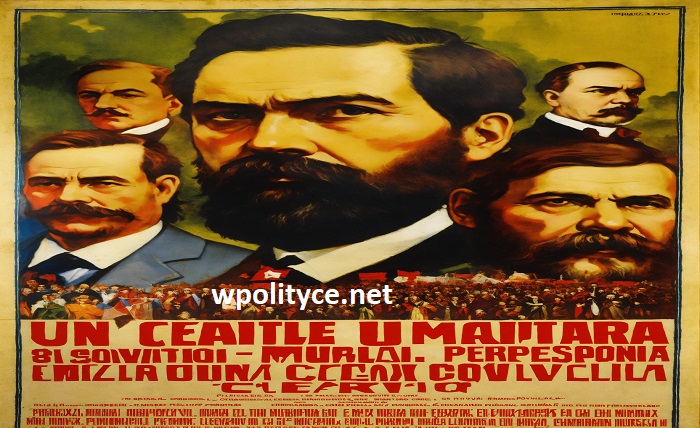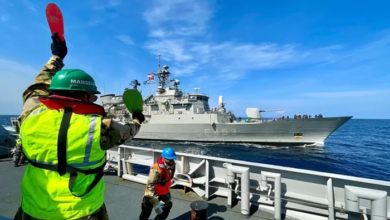The Power of Persuasion: A Look at Political Posters

Political posters have been a powerful tool for communication and persuasion throughout history. From rallying cries to social commentary, these eye-catching visuals have played a significant role in shaping political discourse. Let’s delve deeper into the world of political posters!
A Brief History
The roots of political posters can be traced back to ancient civilizations, but their widespread use began in the 19th century with the rise of mass printing. Early posters were often simple, featuring bold colors, text, and iconic figures.
Elements of a Political Poster
Effective political posters utilize various elements to grab attention and convey a message. These include:
Images: Compelling visuals, like photographs, drawings, or symbols, can evoke strong emotions and leave a lasting impression.
Text: Slogans, quotes, or keywords are used to deliver a clear, concise message.
Color: Colors are chosen strategically to create a specific mood or evoke certain associations.
Fonts: The style and size of fonts can affect the overall tone and readability of the poster.
Types of Political Posters
Campaign Posters: Designed to promote a particular candidate or party during elections.
Issue Posters: Raise awareness and advocate for specific political or social issues.
Propaganda Posters: Often used during wartime, these posters aim to influence public opinion through biased information.
The Art of Persuasion
Emotional Appeals: Evoking feelings like fear, hope, or patriotism can sway public opinion.
Simplification: Complex issues are presented in digestible ways to reach a broad audience.
Repetition: Slogans and visuals are repeated to create a lasting memory.
Global Impact
Political posters have transcended geographical and political boundaries. They serve as historical documents, reflecting the social and political climate of their time.
Political Posters in the Digital Age
With the rise of digital media, political posters have found new avenues for dissemination. Social media platforms allow for instant sharing and wider reach, making them a powerful tool for modern campaigns.
Conclusion
Political posters are more than just pieces of paper. They are powerful tools for communication, persuasion, and advocacy. By understanding their history, elements, and impact, we can appreciate their role in shaping our political landscape.
FAQ
- Can political posters be misleading?
Yes, propaganda posters often use biased information and imagery to manipulate public opinion.
- Are political posters still relevant?
Absolutely! While the medium may evolve, political posters remain a compelling way to communicate and engage voters.




